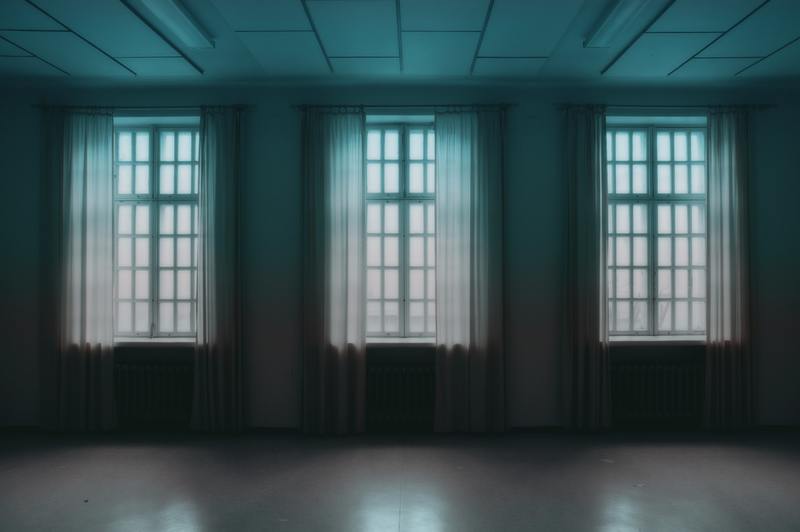To those who want to know how to rebuild a room damaged by water, you should check out these simplified steps to restore your problem. Ensure that you stay tuned with this worthwhile read since we’ll mention some tips to avoid committing the same problem without risking too much anymore.

Tips Before Rebuilding Water Damaged Room
Before you proceed to the steps of rebuilding your room damaged by water, consider following these tips once you’ve accomplished one of these to have a lesser workload.
1. Call for the insurance company
It’s essential to have your house under insurance coverage. If you have that insurance, you should contact your insurance adjuster right away.
They’ll assess the damages to the house, and you’ll need to sign a contract for proof of loss. What if I don’t have insurance coverage? The homeowner’s insurance won’t cover the loss of your room.
2. Electric systems
Be sure that the electrical and gas services are turned off right before you enter the premises for the very first time.
3. Water sanitation
Once the water company based on your location declares that the water source is safe, purify the water not just for drinking, but wash any part of your room by starting it off with clean water.
4. Furnishings
Remove the furniture, place it outside to get it cleaned, and dry it up. Once your furniture is contaminated as much as you want to save it, we hate to break it to you, but you will have to discard your furniture since it cannot be fixed.
5. Walls
Open the water damaged walls even when it appears undamaged to prevent some molds, structural decay, and foul odors later.
Steps To Rebuild Water Damaged Room
Step #1. Locate water source
There are three types of water flowing at a given time:
- Clean water- This is a type of water that comes from leaky pipes and rain. It’s the most accessible type of water for owners to clean up.
- Gray water– This water type comes from appliances like washing machines, toilets, and dishwashers.
Note: This may have contaminants, making it difficult to clean up.
- Blackwater- This last type of water comes from sewage and other contaminants. This water’s dirty and originates from a river nearby.
Note: Don’t perform any repairs with this water since it’d lead you and your room to harm.
Step #2. Delay permanent fix until it thoroughly dries
Ensure that you make your action fast when you repair your water damaged room since it can begin to grow mildew and molds for about less than 24 hours if you leave the water damage unfixed. So for this step, you’ll need to dry out the affected area and make sure that it dries thoroughly.
For this step, it would be best to inspect the room to ensure hidden moisture that will require repairs. You will also have to check under the floorboards to see if these spaces surround the water. Ensure to dry this space out and have it completely dried out.
Step #4. Inspect for mold
When everything is dry, look out for areas of damage in your room where mold can come from. If you find some molds, be careful since they can be toxic and harmful to people.
If these are just small molds, you can do some repairs even without a professional. If it is a massive mold, call for a professional.
Step #5. Remove drywall and other porous materials
If there is water damage coming from the wood, carpet, walls, or other porous materials in your room, we highly require you to remove and replace these. If it seems not to require some massive repair, you may still be able to save certain areas from drying them out as soon as possible.
Step #6. Disinfect the water damaged area
Take time to disinfect the damaged areas that have affected your efforts done to repair your damaged room. Using your bleach solution should help disinfect the area and ensure that any items that were affected with mold or bacteria will be cleaned.
Step #7. Inspect roof and siding
If this location of your home is not sealed correctly, you’ll have to deal with an expensive water damage repair from too much moisture. Then inspect your room for potential weak spots and ensure that the water stays right outside your room.
Step #8. Seal and caulk
You’ll need to eliminate future repairs by sealing and caulking the flooring, doorways, and plumbing fixtures to prevent water damage.
Step #9. Reflooring
If the water has already damaged your flooring, you’ll have to remove and replace everything. We suggest that you may want to install new flooring.
It would be great if you don’t use any wood option. Choose a waterproof vinyl and ceramic tile that can withstand any water damage.
Conclusion
We’re glad that you’ve reached this point in this article on how to rebuild a room damaged by water. If you’re unsure that you can handle the procedure independently, we highly recommend calling for a professional.
